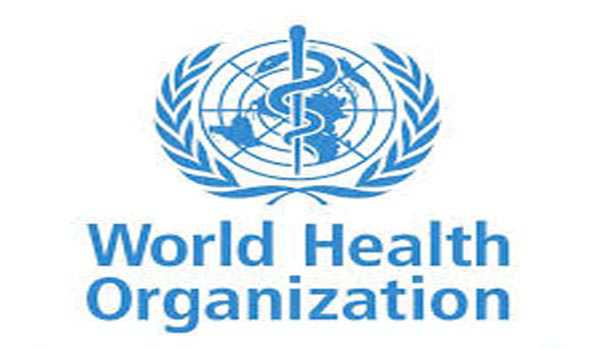Measles outbreaks continue to spread rapidly around the world, according to the latest preliminary reports provided to the World Health Organization (WHO), with millions of people globally at risk of the disease.
In the first six months of 2019, reported measles cases are the highest they have been in any year since 2006, with outbreaks straining health care systems, and leading to serious illness, disability, and deaths in many parts of the world. There have been almost three times as many cases reported to date in 2019 as there were at this same time last year.
This follows successive yearly increases since 2016, indicating a concerning and continuing upsurge in the overall measles burden worldwide.Measles is a highly contagious, serious disease caused by a virus. Before the introduction of measles vaccine in 1963 and widespread vaccination, major epidemics occurred approximately every 2–3 years and measles caused an estimated 2.6 million deaths each year.
Approximately 110 000 people died from measles in 2017 – mostly children under the age of 5 years, despite the availability of a safe and effective vaccine.
Measles is caused by a virus in the paramyxovirus family and it is normally passed through direct contact and through the air. The virus infects the respiratory tract, then spreads throughout the body. Measles is a human disease and is not known to occur in animals.
Accelerated immunization activities have had a major impact on reducing measles deaths. During 2000– 2017, measles vaccination prevented an estimated 21.1 million deaths. Global measles deaths have decreased by 80 per cent from an estimated 545 000 in 2000 to 110 000 in 2017.
The first sign of measles is usually a high fever, which begins about 10 to 12 days after exposure to the virus, and lasts 4 to 7 days. A runny nose, a cough, red and watery eyes, and small white spots inside the cheeks can develop in the initial stage.
After several days, a rash erupts, usually on the face and upper neck. Over about 3 days, the rash spreads, eventually reaching the hands and feet. The rash lasts for 5 to 6 days, and then fades. On average, the rash occurs 14 days after exposure to the virus (within a range of 7 to 18 days).
(UNI)



